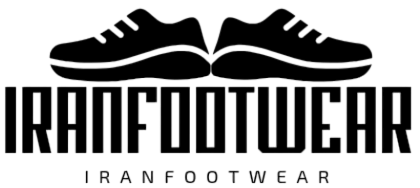Raw Materials for Polyurethane: A Global Overview with a Focus on Iran
Polyurethane is a versatile polymer used in a wide range of applications, from flexible foams and coatings to elastomers and adhesives. The production of polyurethane involves several key raw materials, primarily isocyanates and polyols, along with various additives that enhance its properties. In this article, we will explore the global landscape of polyurethane raw materials, highlighting Iran’s role as a significant producer and supplier of these materials.
Key Raw Materials for Polyurethane
-
Isocyanates:
-
Toluene Diisocyanate (TDI) and Methylene Diphenyl Diisocyanate (MDI) are the most commonly used isocyanates. TDI is primarily used in flexible foams, while MDI is often used in rigid foams and elastomers.
-
Aliphatic Isocyanates: These are used in smaller quantities, mainly for coatings and applications requiring color stability.
-
-
Polyols:
-
Polyester Polyols and Polyether Polyols are the main types. They are derived from petroleum-based products and are crucial for forming the polyurethane backbone.
-
Polycarbonate Polyols: Used for applications requiring high thermal stability and resistance.
-
-
Additives:
-
Catalysts: Tertiary amines and organometallic compounds are used to control reaction rates.
-
Blowing Agents: Water, HCFCs, and HFCs are used to create the desired foam structure.
-
Fillers: Materials like glass fibers and mineral fillers are added to enhance mechanical properties.
-
Iran’s Role in Polyurethane Raw Materials
Iran has emerged as a significant player in the polyurethane industry, particularly in the production of raw materials. The country’s petrochemical sector is well-developed, providing a solid foundation for the production of isocyanates and polyols.
-
Toluene Diisocyanate (TDI): Karoon Petrochemical Company is the leading producer of TDI in Iran, manufacturing approximately 40,000 tons annually. A significant portion of this production is exported to international markets, including Europe and Asia9.
-
Polyols: Iranian companies like Imen Polymer Chemie Co. specialize in producing polyols tailored to customer needs, utilizing advanced production lines and laboratories5.
-
Additives: Iran also supplies additives such as benzoyl peroxide, which is used in polymerization processes to enhance material properties610.
Benefits of Sourcing from Iran
-
Cost Efficiency: Iran’s abundant petrochemical resources and strategic location reduce transportation costs, making raw materials more affordable.
-
Quality and Reliability: Iranian manufacturers adhere to international standards, ensuring high-quality products that meet global demands.
-
Diversified Applications: Polyurethane raw materials from Iran are used across various sectors, including footwear, automotive, and construction, providing a broad market reach.
Global Market Dynamics
The global polyurethane market is dominated by a few major producers, with countries like China, the United States, Germany, Japan, and South Korea playing significant roles. However, Iran’s entry into this market offers new opportunities for buyers seeking cost-effective, high-quality raw materials.
Conclusion
Iran’s growing presence in the polyurethane raw materials market presents a promising opportunity for global manufacturers. With its robust petrochemical industry and strategic location, Iran can provide essential components like TDI, polyols, and additives such as benzoyl peroxide. As the demand for polyurethane continues to rise, sourcing raw materials from Iran can offer a competitive edge in terms of cost and quality. Whether you are involved in the production of flexible foams, coatings, or elastomers, Iran’s polyurethane raw materials are poised to play a vital role in your supply chain.
Contact us today to explore how Iranian raw materials can enhance your polyurethane production!

